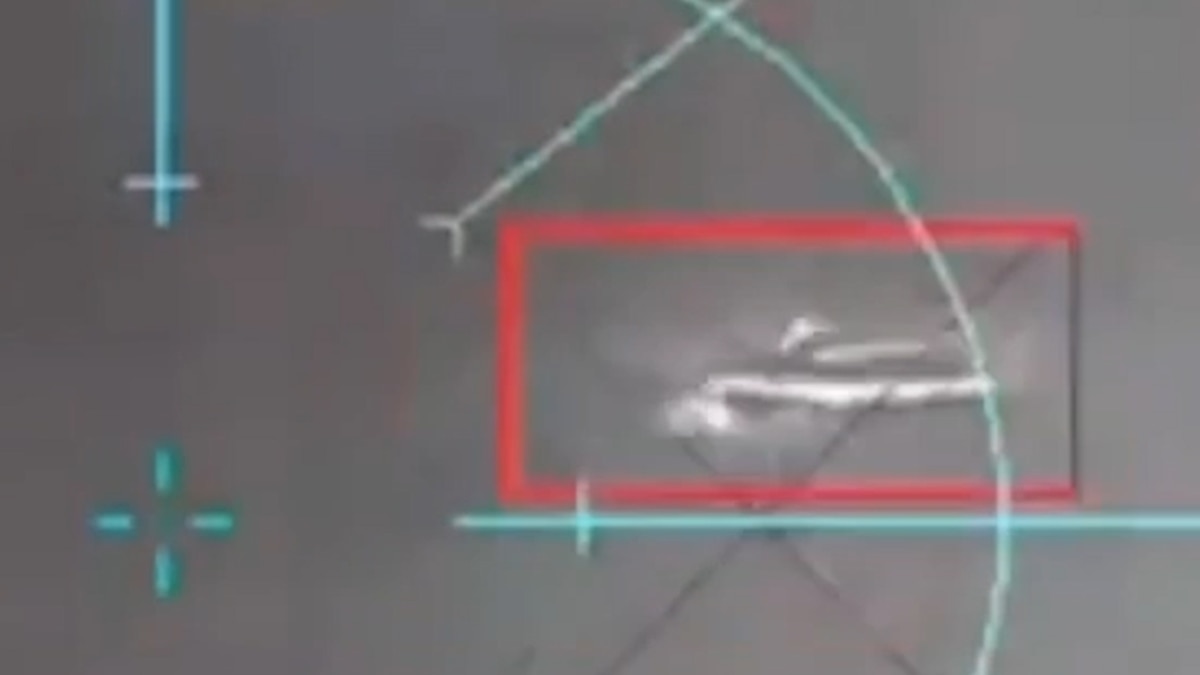Ukrainian sea drones are rapidly changing naval warfare. This exploration delves into their diverse designs, operational deployments, technological underpinnings, and global implications. We’ll examine everything from their size and payload capacity to their impact on international maritime law and future development possibilities.
From small, easily deployed units to more sophisticated autonomous systems, these unmanned vessels are proving to be a potent force multiplier. We will look at specific examples of their use, analyze their tactical advantages and limitations, and discuss the technological challenges involved in their creation and deployment. This analysis will also consider the broader geopolitical context and the potential future of this evolving technology.
Ukrainian Sea Drones: A Deep Dive
Ukraine’s innovative use of sea drones in the ongoing conflict has significantly altered the dynamics of naval warfare. These unmanned vessels, ranging from small, expendable craft to more sophisticated autonomous systems, have proven surprisingly effective against larger, more expensive warships. This article will explore the various types, operational uses, technological aspects, international implications, and future potential of Ukrainian sea drones.
Types of Ukrainian Sea Drones
Ukrainian sea drone designs vary considerably in size, payload, and range, reflecting the diverse operational needs. While precise specifications are often kept confidential for security reasons, general categories and capabilities can be Artikeld. These drones are often adapted from commercially available components and improvised solutions, demonstrating remarkable ingenuity in the face of conflict.
| Type | Size | Payload | Range |
|---|---|---|---|
| Small, Expendable Drone | ~1-2 meters | Small explosive charge | Up to 10km |
| Medium-Sized Drone | ~3-5 meters | Larger explosive charge, potential for other payloads (e.g., reconnaissance equipment) | Up to 50km |
| Larger, More Sophisticated Drone | ~5+ meters | Significant explosive payload, advanced sensors, possibly anti-ship missiles | 100+km |
The smaller drones are often used in swarm attacks, overwhelming defenses through sheer numbers. Larger drones, on the other hand, are employed for more targeted strikes against high-value assets. The limitations of these drones include vulnerability to detection and countermeasures, as well as reliance on reliable communication links for effective operation.
Technological advancements include the integration of GPS and inertial navigation systems for autonomous operation, improved target acquisition using onboard cameras and radar, and secure communication protocols to maintain control and data transmission.
Operational Use of Ukrainian Sea Drones
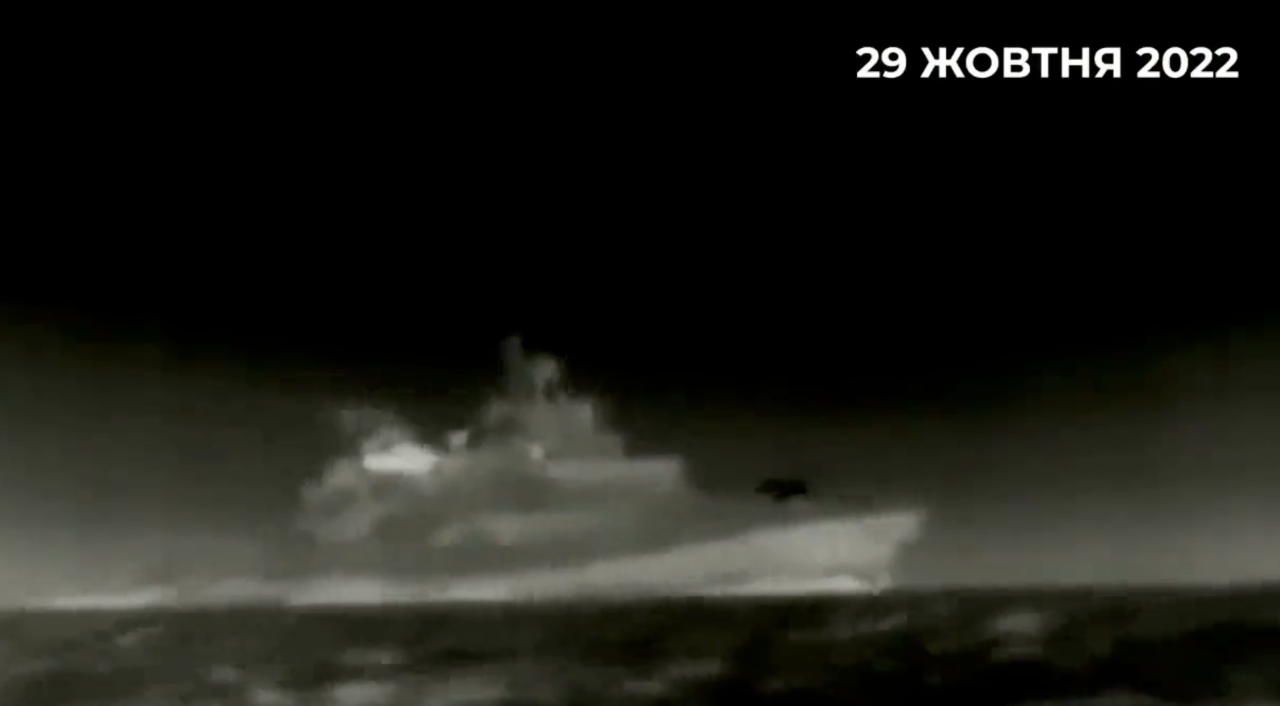
Documented instances of Ukrainian sea drone deployments showcase their effectiveness in asymmetric warfare. These operations have significantly impacted naval warfare strategies.
- Attacks on the Russian Black Sea Fleet: Sea drones have been successfully used to target and damage Russian warships, including frigates and landing ships. These attacks demonstrate the vulnerability of larger naval vessels to relatively inexpensive, autonomous weapons.
- Harassment and disruption of Russian naval operations: Even unsuccessful attacks can disrupt operations, force defensive maneuvers, and tie up valuable resources.
- Reconnaissance and surveillance missions: Drones equipped with cameras and sensors provide valuable intelligence, revealing enemy positions and movements.
Tactical advantages include stealth, cost-effectiveness (compared to manned vessels or missiles), and the ability to operate in shallow waters or close to shore, where larger ships may struggle. Limitations include vulnerability to electronic warfare, counter-drone systems, and environmental factors like weather conditions.
The impact on naval warfare doctrine is significant. The effectiveness of sea drones necessitates reassessment of naval defenses and strategies, emphasizing the importance of counter-drone technologies and distributed defense systems.
Technological Aspects of Ukrainian Sea Drones
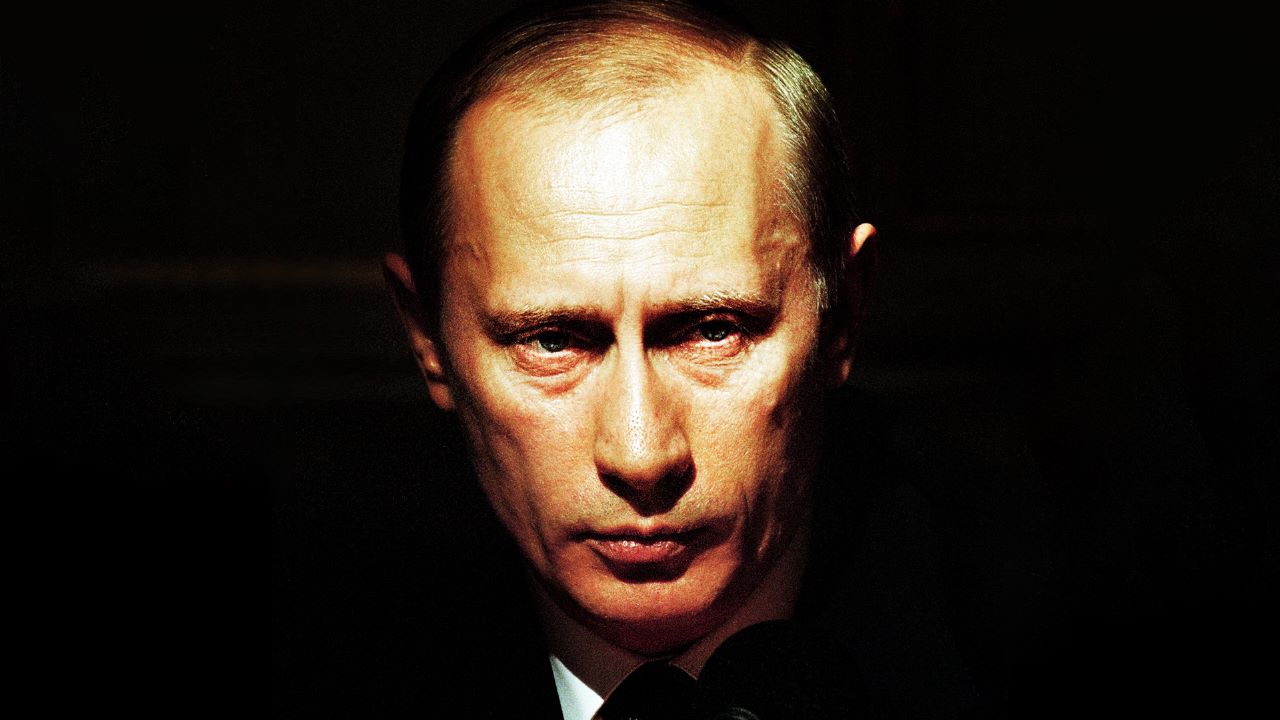
The construction and operation of Ukrainian sea drones rely on a combination of readily available and specially adapted technologies. This highlights the importance of adaptability and innovation under pressure.
Key technologies include the use of commercially available off-the-shelf components for propulsion systems, robust and lightweight materials for the drone bodies, and a range of sensors for navigation, target acquisition, and communication. Challenges include maintaining reliability in harsh marine environments, ensuring survivability against countermeasures, and establishing secure, long-range communication links.
Hypothetical Improvement: Improving the drone’s survivability against countermeasures could be achieved by incorporating advanced countermeasures like decoy systems or improved jamming capabilities. This would enhance the effectiveness of the drone and increase its chances of successfully completing its mission.
International Implications of Ukrainian Sea Drone Technology
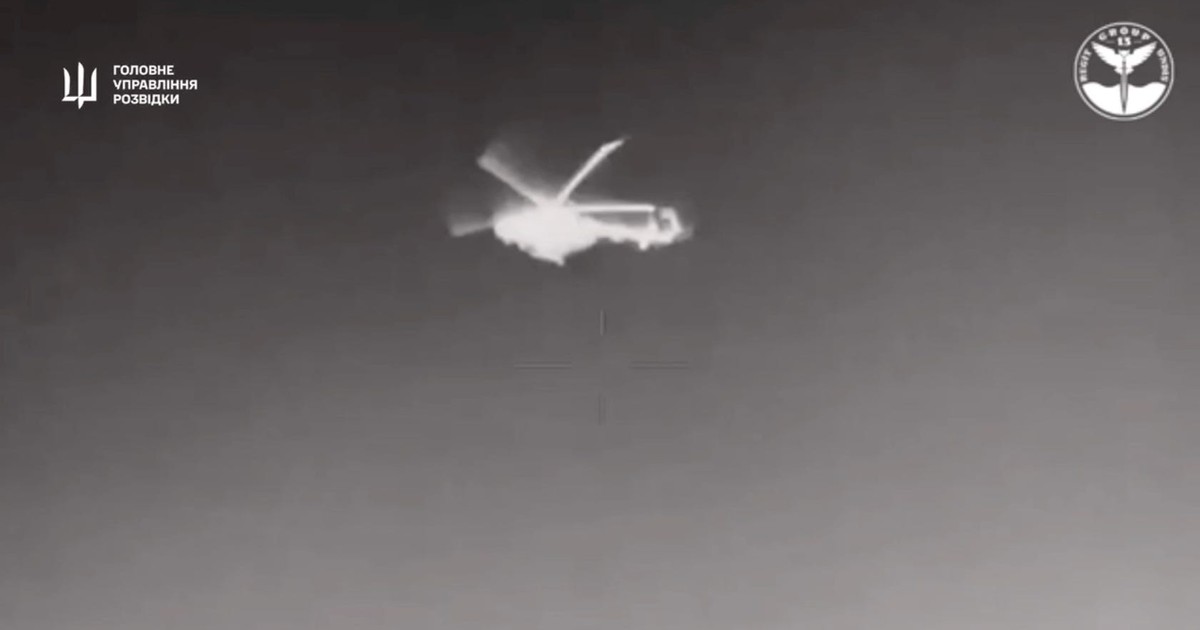
The success of Ukrainian sea drones has significant implications for global naval power dynamics and international maritime law. The proliferation of such technology may lead to an arms race, prompting other nations to develop and deploy similar systems.
| Country | Drone Type | Capabilities | Strategic Goals |
|---|---|---|---|
| Ukraine | Various, from small expendable to larger, more sophisticated drones | Offensive strikes, reconnaissance, disruption of naval operations | Defense against naval invasion, asymmetric warfare capabilities |
| United States | Various unmanned surface vehicles (USVs) | Mine countermeasures, reconnaissance, anti-submarine warfare | Maintaining naval dominance, projecting power |
| China | Growing number of USVs, including armed versions | Anti-access/area denial, reconnaissance, power projection | Expanding naval reach, challenging US naval dominance |
The use of autonomous weapons systems raises complex legal and ethical questions regarding accountability and the potential for unintended escalation. International regulations need to adapt to this new reality.
Ukrainian sea drones are making waves, showcasing innovative naval technology. Understanding their capabilities requires looking at broader drone regulations, like those outlined in the newly updated new drone rules Canada which highlight the growing importance of safe and responsible drone operation across various sectors. These rules offer a framework that could inform future international guidelines for autonomous maritime systems, such as those employed by Ukrainian sea drones.
Future Developments in Ukrainian Sea Drone Technology
Future advancements in Ukrainian sea drone technology are likely to focus on increased autonomy, improved payload capacity, enhanced survivability, and better communication systems. The integration of Artificial Intelligence (AI) for improved decision-making and target identification is a key area of potential development.
Ukrainian sea drones are proving surprisingly effective in the current conflict. Their low cost and adaptability make them a potent weapon, a bit like the unexpected twists in the popular show, squid game histoire vraie , which also highlights the unpredictable nature of conflict. Thinking about the show’s themes makes you appreciate the ingenuity behind these drones and their impact on naval warfare.
Conceptual Next-Generation Drone: Imagine a larger, modular drone capable of carrying a variety of payloads, including heavier explosives, advanced sensors, and even small, remotely operated submersibles for underwater reconnaissance. Its design would incorporate stealth features, such as low radar and acoustic signatures, and advanced countermeasure systems. The exterior would be a dark, matte grey, with hydrodynamic lines for increased speed and efficiency.
Its modular design would allow for rapid reconfiguration for different missions.
- Improved AI for autonomous target recognition and engagement.
- Development of more resilient communication systems for operation in contested environments.
- Enhanced countermeasure technologies to improve survivability against enemy defenses.
- Exploration of alternative propulsion systems for increased range and endurance.
Closure
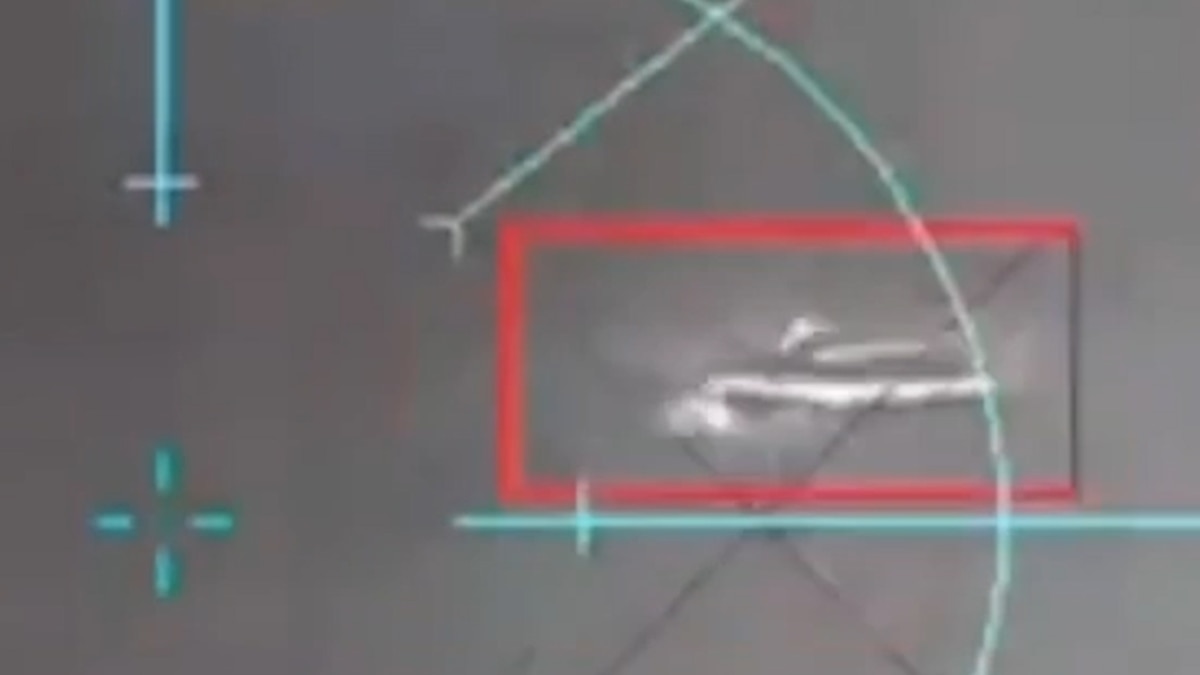
Ukrainian sea drones represent a significant technological advancement in naval warfare, showcasing ingenuity and adaptability in the face of conflict. Their impact extends beyond the current conflict, influencing naval doctrines globally and prompting discussions about autonomous weapons systems and international law. The future development of these drones promises even greater capabilities, making them a crucial element of modern naval strategies for years to come.
Further research and development in areas such as AI and propulsion will undoubtedly shape the future of maritime conflict.
FAQ Overview: Ukrainian Sea Drone
What materials are typically used in constructing Ukrainian sea drones?
Common materials include durable plastics, composites, and potentially metals for specific components requiring higher strength or resistance to damage.
How are Ukrainian sea drones powered?
They likely use a variety of propulsion systems, including electric motors, possibly fueled by batteries or internal combustion engines. The specific power source would depend on the size and mission of the drone.
What are the biggest challenges in maintaining reliable communication with Ukrainian sea drones at sea?
Maintaining consistent communication is challenging due to the unpredictable nature of the maritime environment, including signal interference, distance, and weather conditions. Robust communication protocols and redundant systems are crucial.
Ukraine’s naval capabilities have been significantly boosted by the development of their sea drones. These unmanned vessels are proving increasingly effective in disrupting Russian naval operations. For more detailed information on the specifications and impact of these innovative tools, check out this resource on ukrainian sea drone technology. Understanding these drones is key to grasping the evolving dynamics of the conflict.
How do Ukrainian sea drones navigate autonomously?
Autonomous navigation relies on GPS, inertial navigation systems, and potentially other sensor data, allowing for pre-programmed routes and adjustments based on real-time conditions. Advanced AI systems may play a role in more sophisticated drones.
